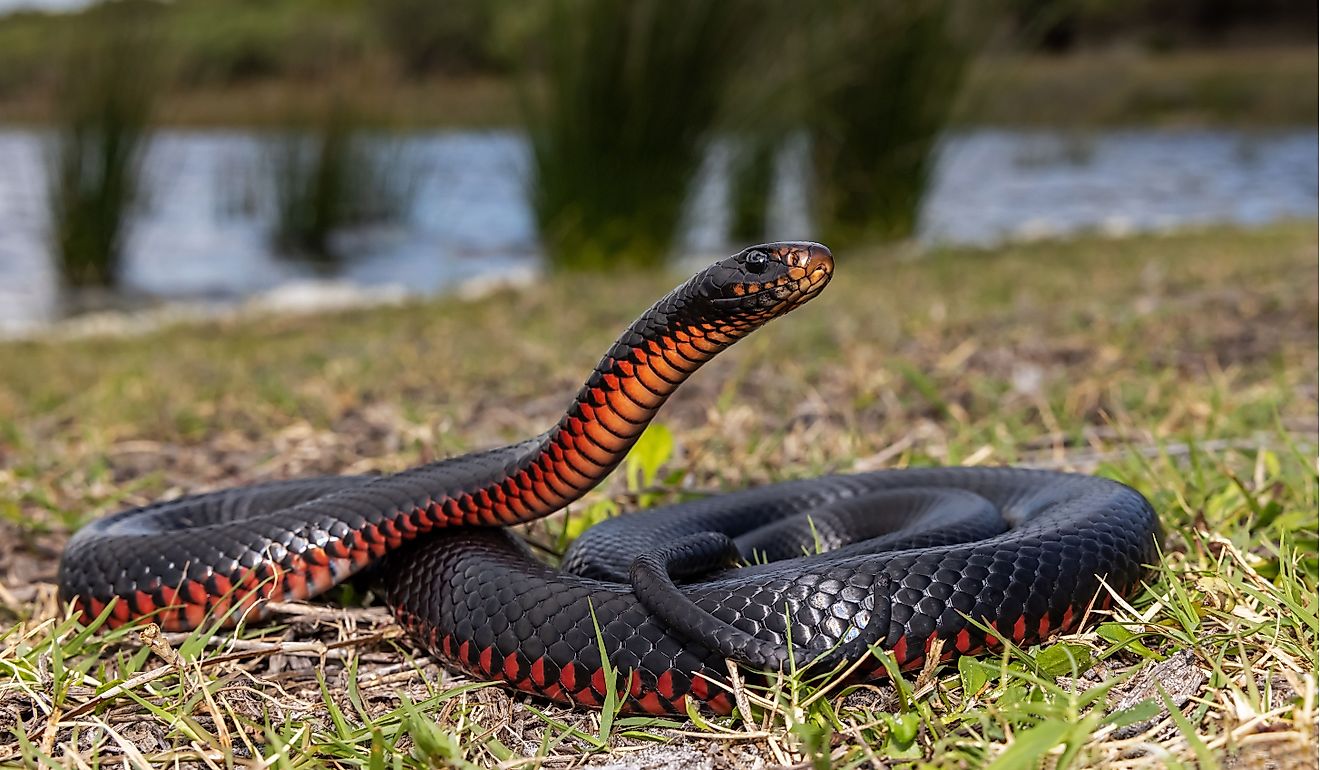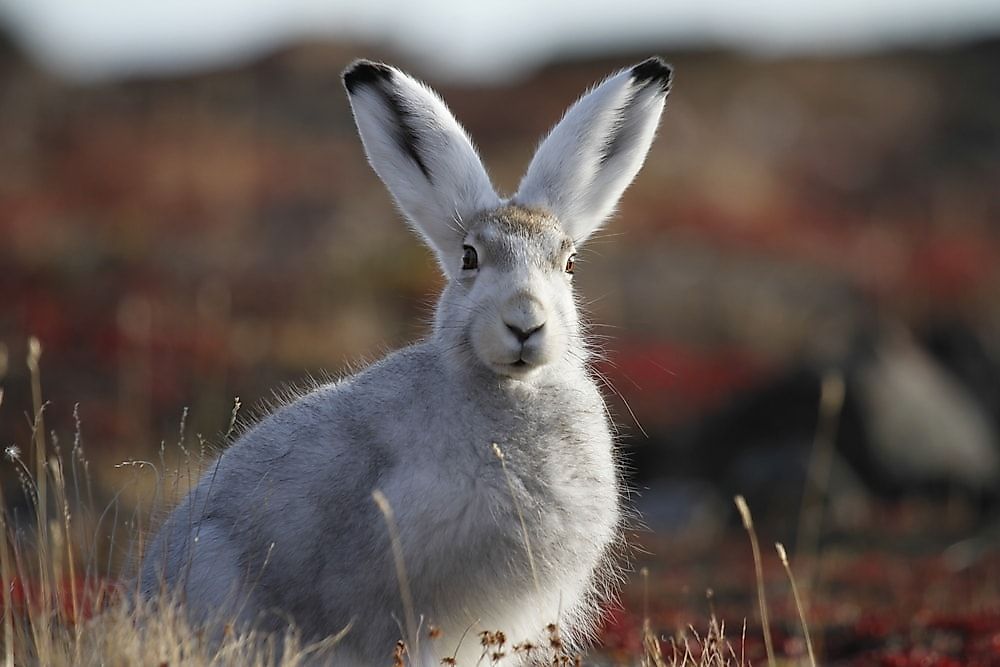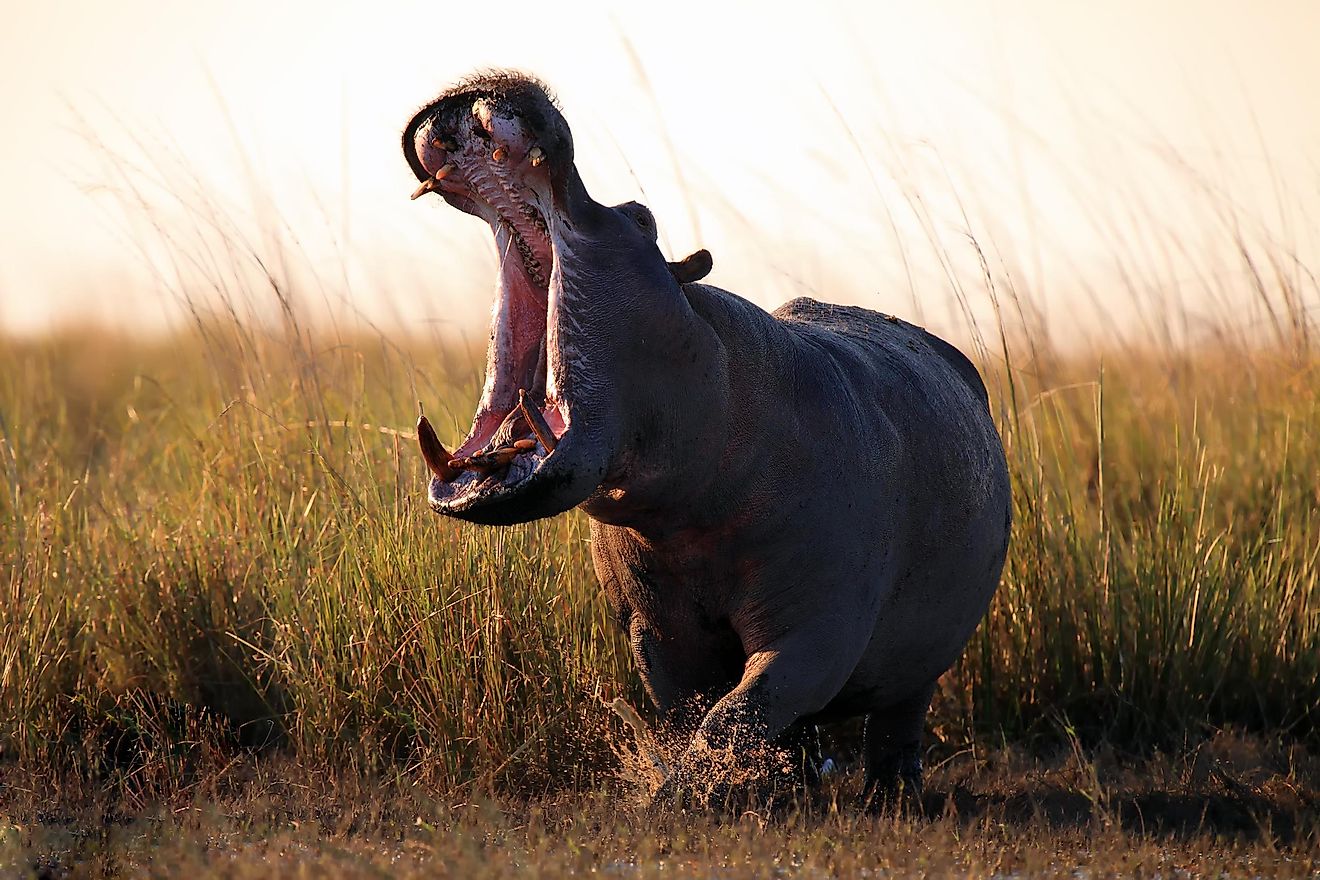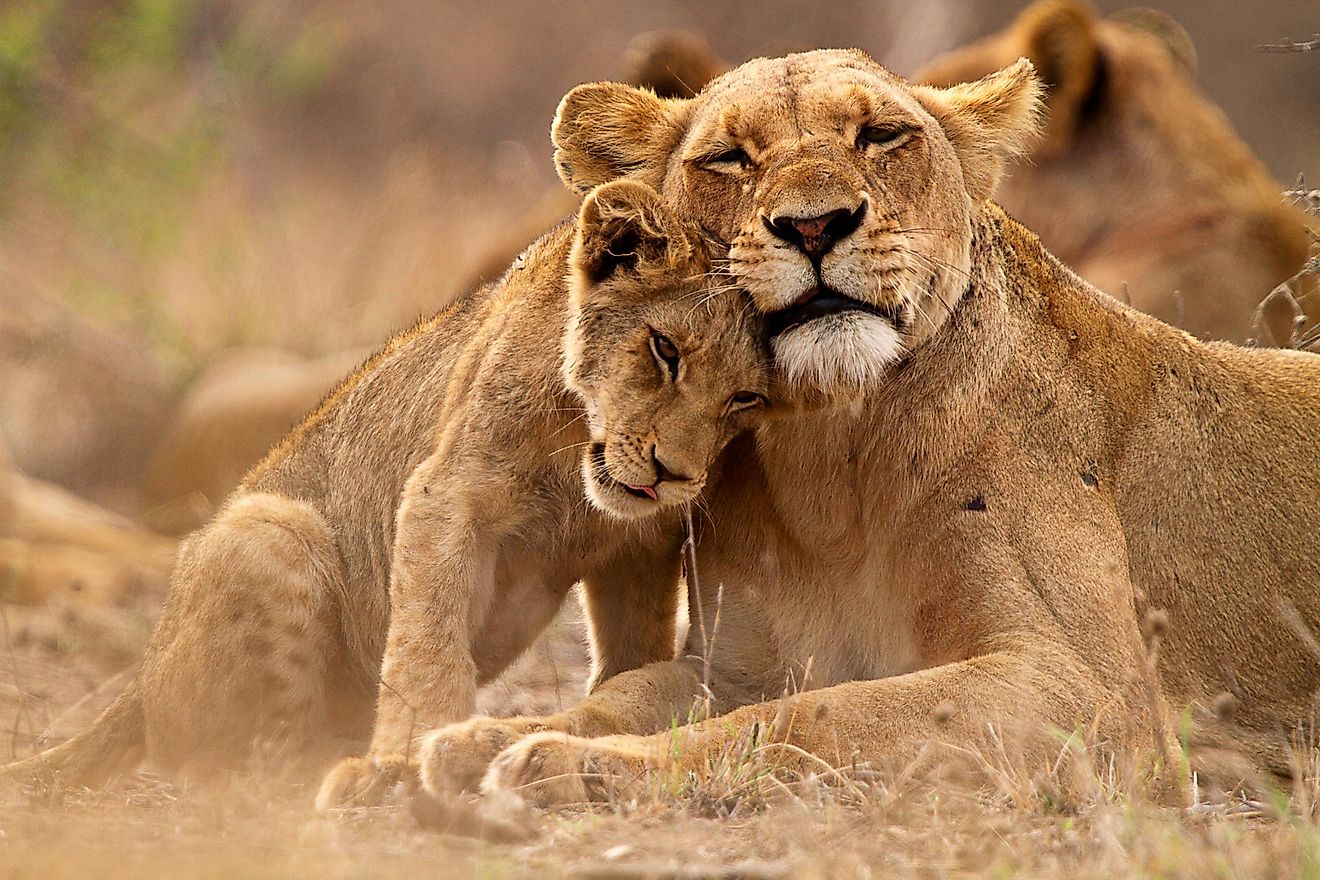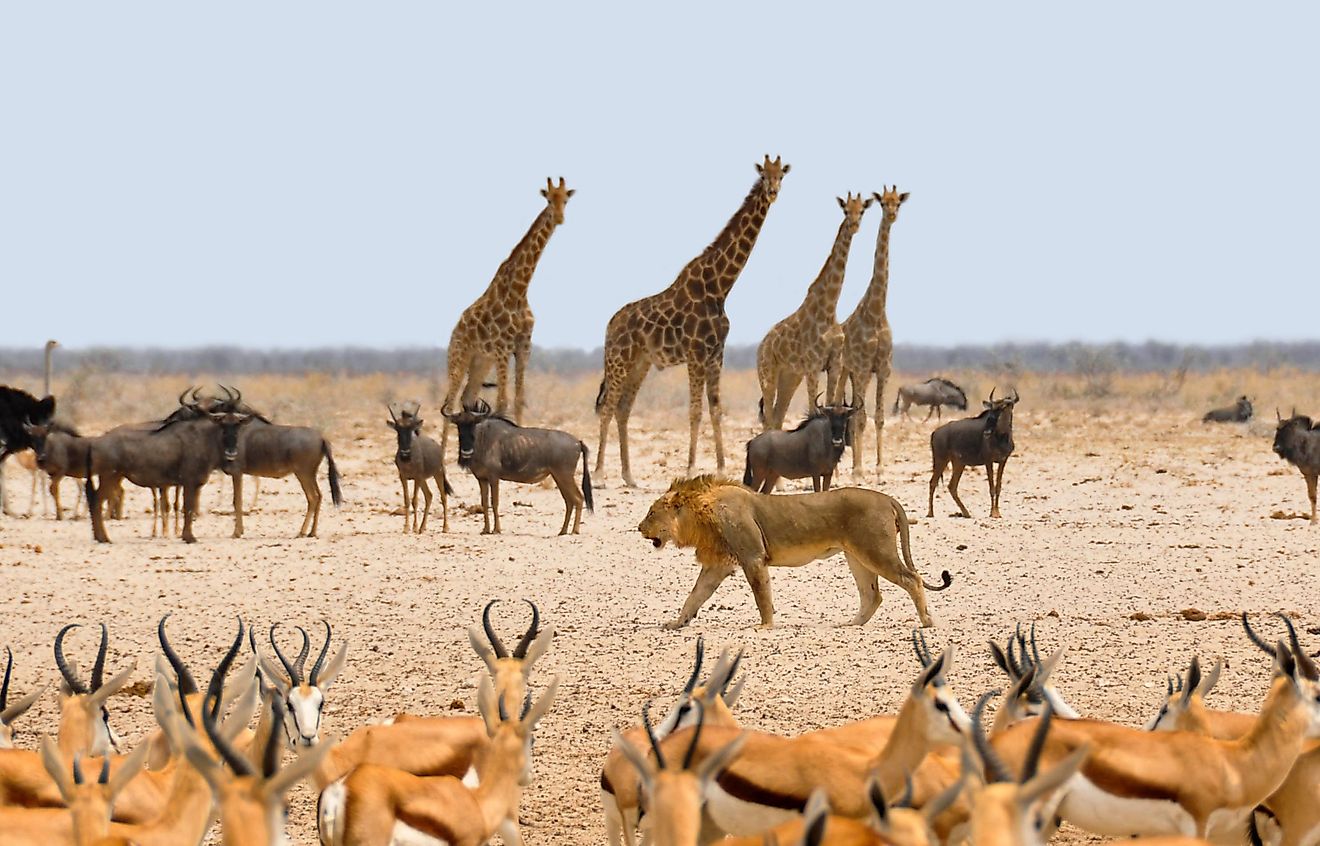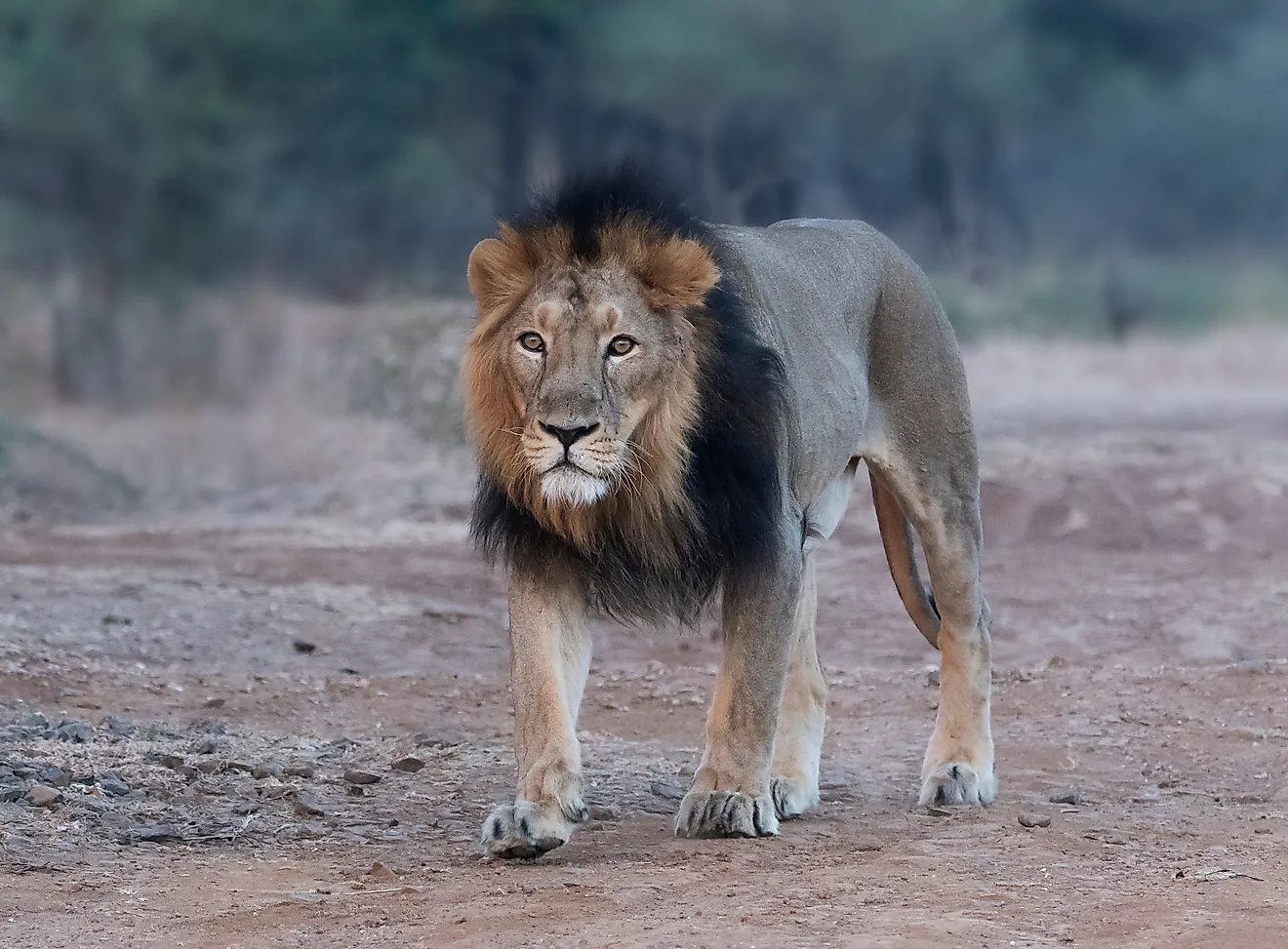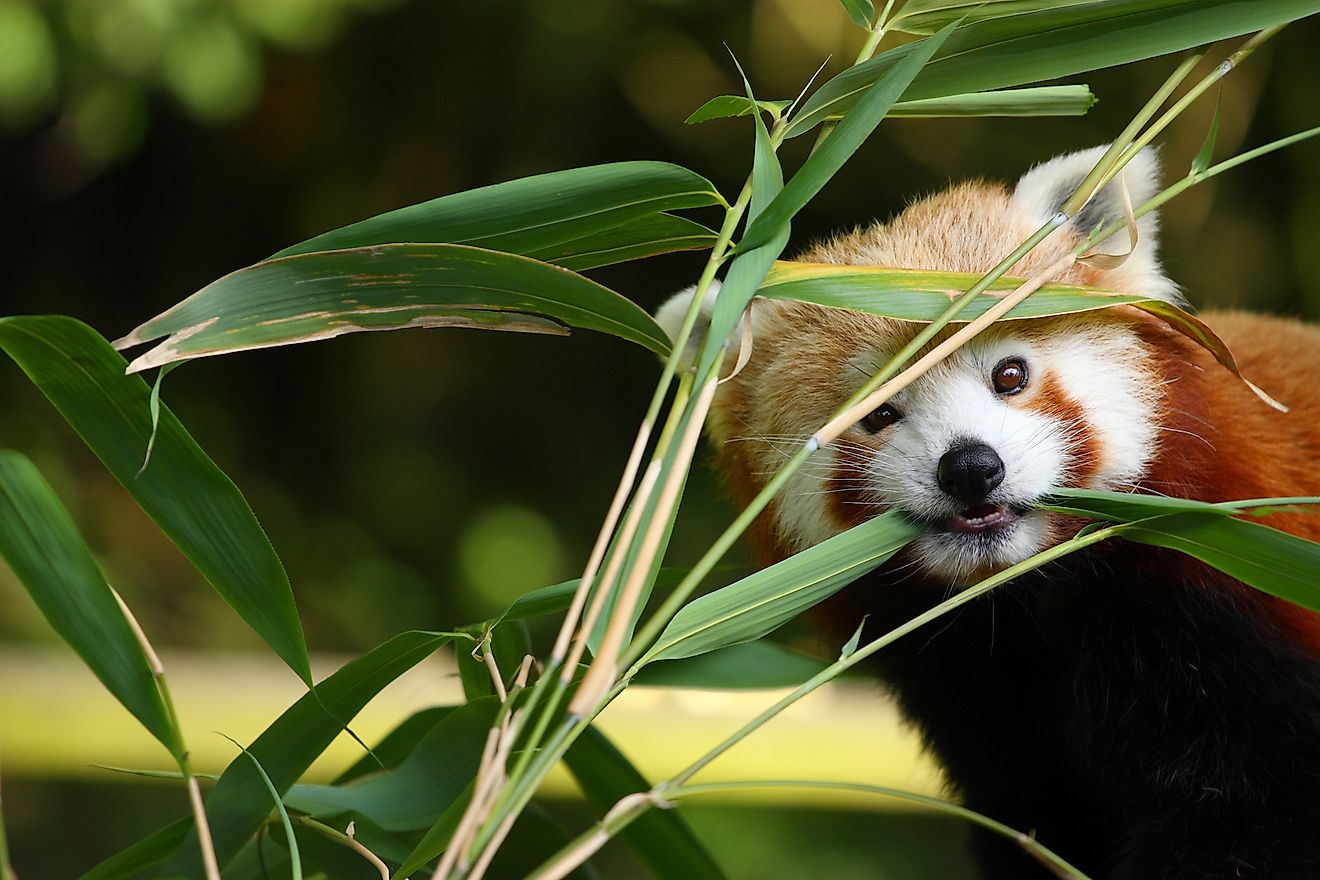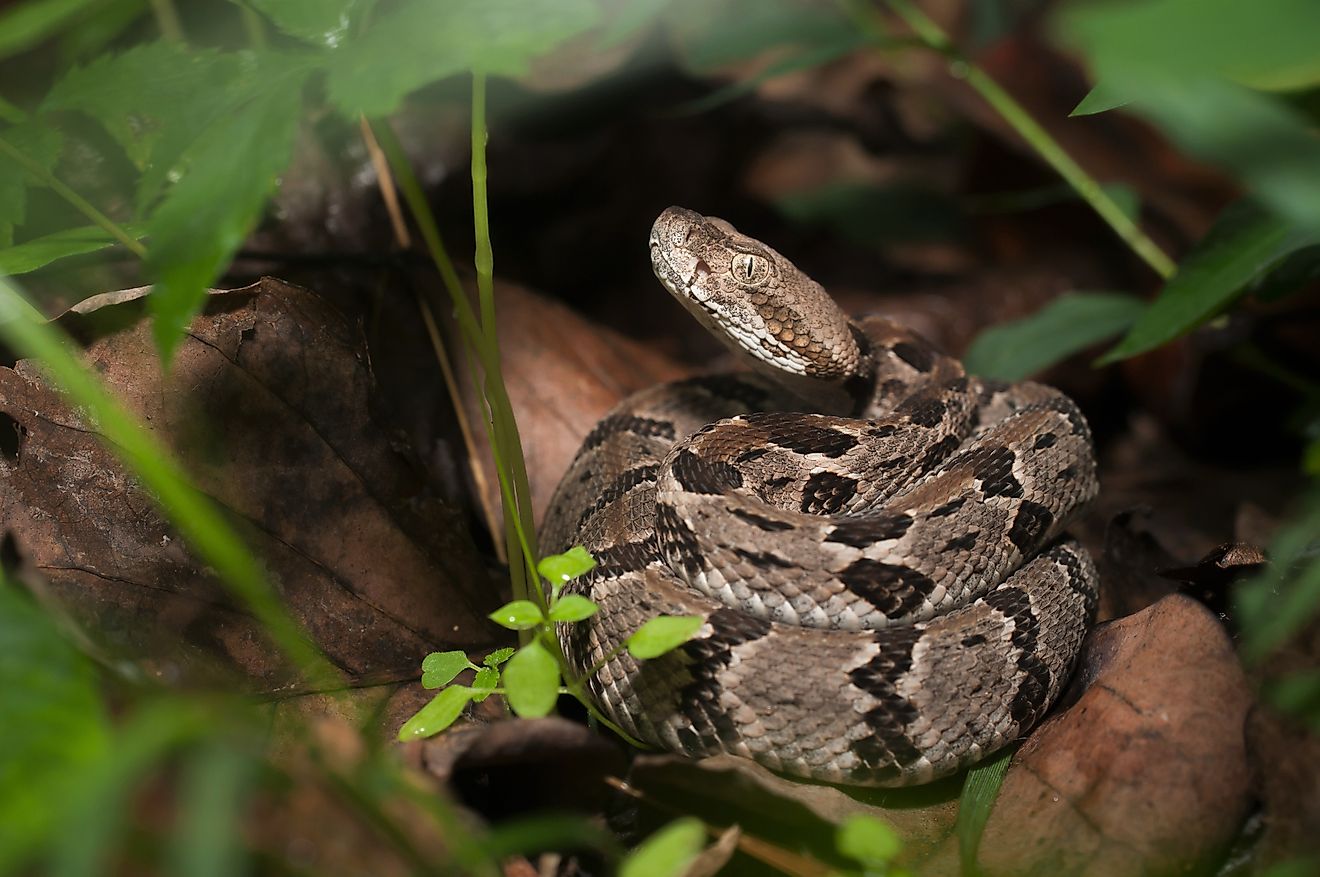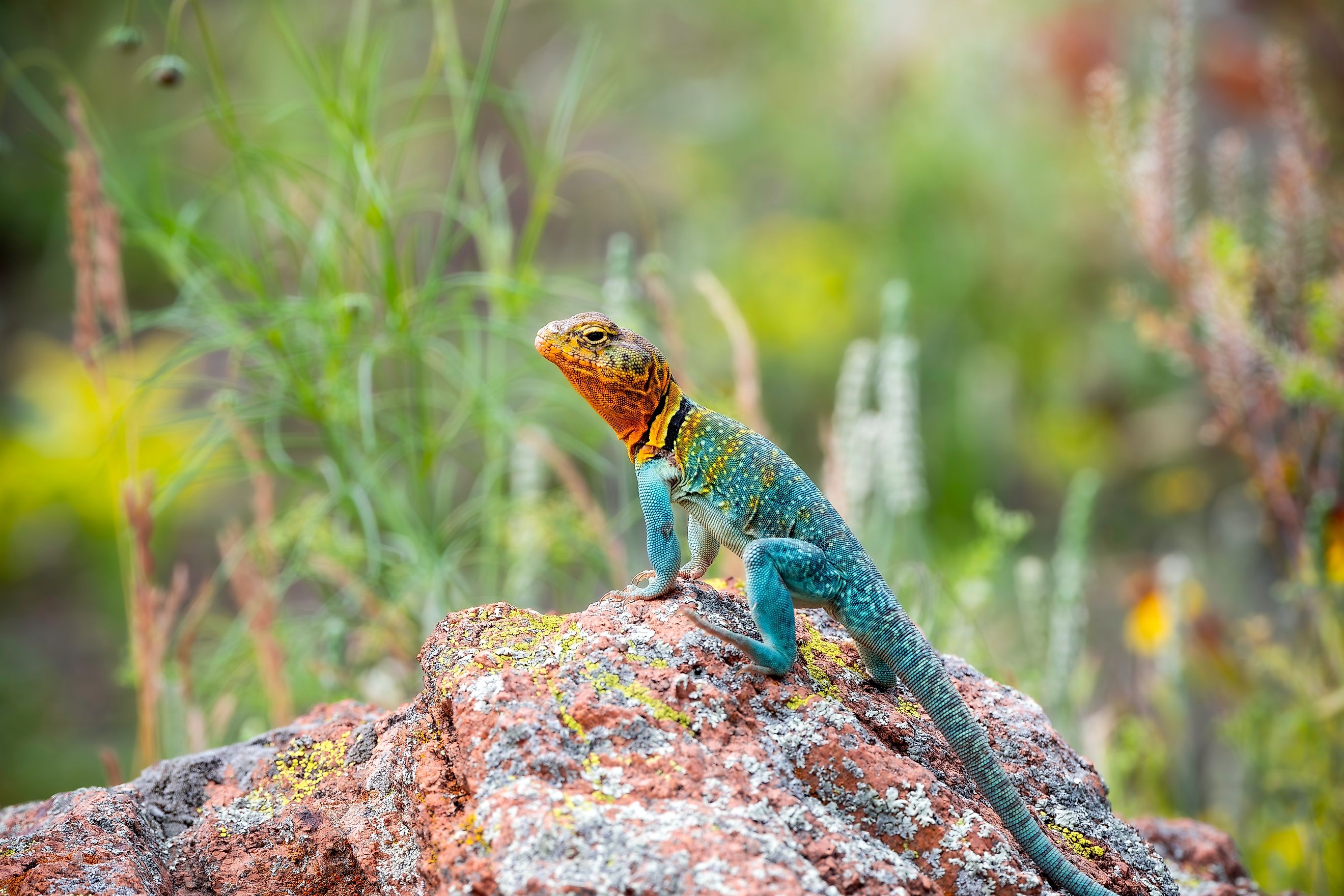
5 Endangered Animals Fighting For Survival In Arkansas
Known as the Natural State, Arkansas is a repository of outdoor scenery, diversity, and charm, perfect for adventurous souls. Along with humans, the landscape, ranging from pine forests to rivers like the Ouachita and Mississippi, creates ample habitats for hundreds of animal species. From the white-tailed deer to the raccoon, animals can be found throughout the vast state.
That said, over the past few decades, issues like climate change, urbanization, and hunting have led to ample habitat loss, a concerning challenge for some species. Due to this, over 370 species in the state are at a heightened risk of extinction, and many are fighting for survival. This article delves into five of the most resilient endangered animals in the state, who are fighting for survival, and the many ways conservationists are working to get them out of danger.
Leopard Darter (Percina pantherina)
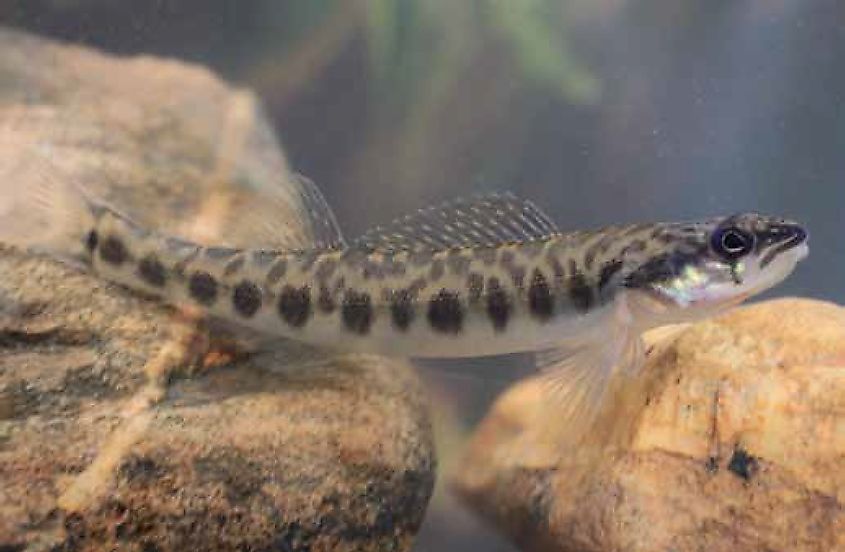
Found only in the Little River, which spans Oklahoma and Arkansas, the Leopard Darter is a species of freshwater fish. The ray-finned fish is quite small, reaching a length of up to 3 inches (8 cm), covered by dark spots on its side, which provide a stark contrast against its light-yellowish coloration. They prefer to stick to areas with rubble and feed on invertebrates along the riverbed. Apart from this, these darters have short lifespans of less than two years in the wild, but large clutch sizes of around 65 eggs have managed to keep the species alive. However, populations are dwindling, and this is due to their limited habitat in a species river. Moreover, with issues like runoff from agricultural activities and habitat loss, their numbers continue to fall.
Thankfully, biologists took note of this situation early on and have been pushing for special protection since the 1970s. To this end, the leopard darter was listed as a threatened species in 1978, and parts of its habitat were designated as critical habitat. Moreover, proactive efforts are also underway, and the Arkansas Game and Fish Commission released 330 leopard darters in two separate releases into the Cossatot River. With the help of the hatcheries, they aim to re-establish the population in the Cossatot, which was once home to around 100,000 of these small fish.
Eastern Collared Lizard (Crotaphytus collaris)
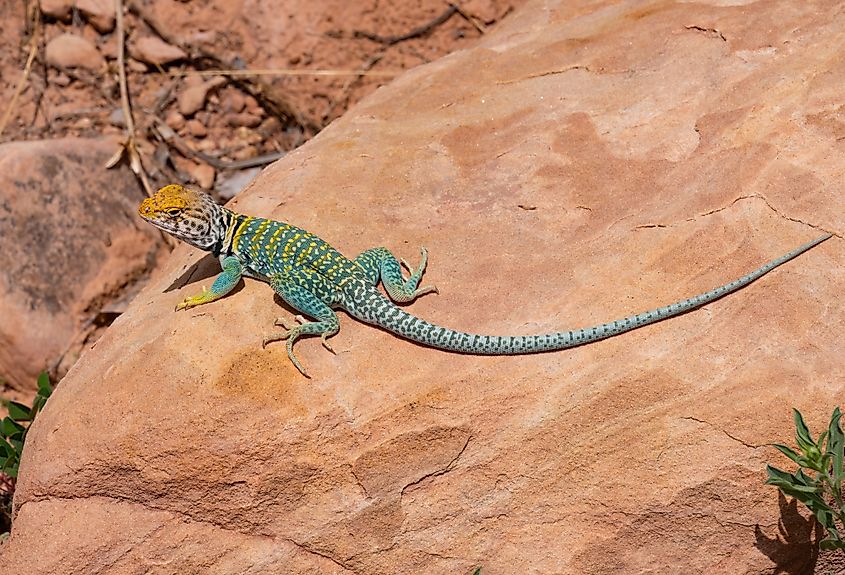
The eastern collared lizard, also known as the common collared lizard, is a species of lizard found throughout the Southern United States and parts of Mexico. They prefer to inhabit mountainous regions, but can manage in rocky deserts and grasslands as well. However, in recent years, populations have seen a stark decline due to a loss of habitat, especially in the Ozarks, which has occurred over the past five decades. In Arkansas, their fire-tolerant habitats have been overtaken by cedars, leading to the species becoming one of major concern for the state. To this end, the Arkansas Game and Fish Commission, in partnership with the Oklahoma Department of Wildlife, the Little Rock Zoo, and other institutions, is working towards reintroducing this lizard to some parts. Specifically, 43 yearlings were reintroduced to the Ozark Mountains in northern Arkansas, a significant step in saving this reptile.
When fully grown, these yearling lizards will be up to 15 inches (38 cm) long, with a powerful jaw ideal for hunting small vertebrates. Their name comes from the unique color pattern with black bands around the neck, similar to a shirt collar. The rest of their body can be very vibrant with bright blue, green, and yellowish coloration; however, this is dependent on the subspecies.
Hell Creek Cave Crayfish (Cambarus zophonastes)
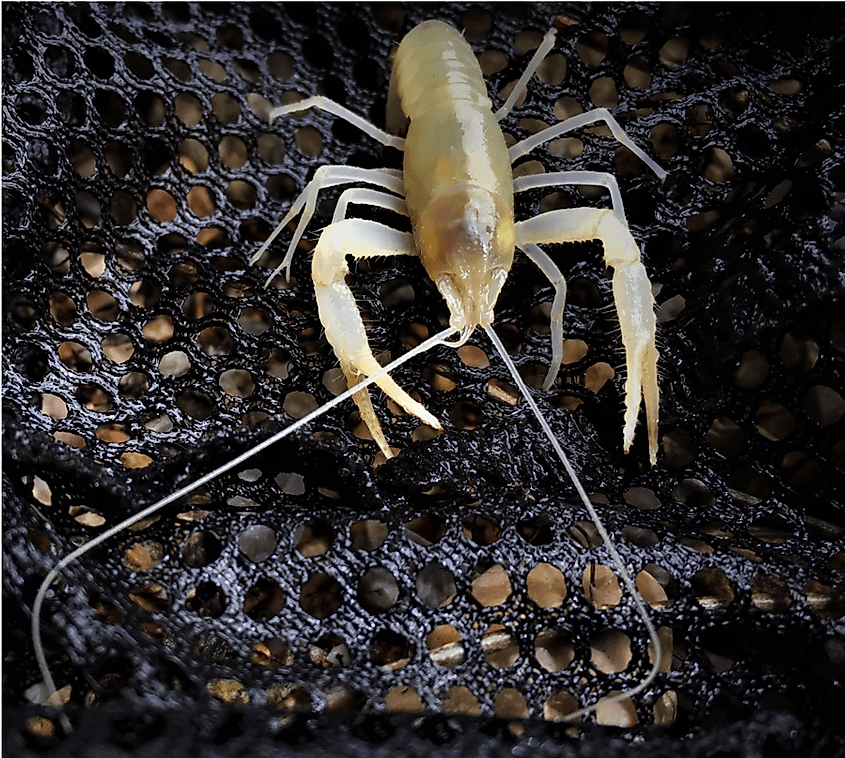
The Hell Creek Cave crayfish is a unique species of crayfish found in only a few habitats in Arkansas. It was first discovered in 1964 in Hell Creek Cave, and this was believed to be the only population until others were discovered in nearby Stone County and Marion County, all near springs and caves. Due to this limited environment and additional habitat issues like fragmentation and destruction caused by pollution and natural erosion, the crayfish is listed as Critically Endangered by the IUCN. Add on a slow reproduction cycle, and it was essential for human intervention to save their population.
Recovery efforts began in the 1980s when a plan was set up, focusing on maintaining the three known populations. Activities so far include an agreement with the Arkansas Natural Heritage Commission (NHC) and the Arkansas Game and Fish Commission to protect Hell Creek Cave, regular water quality assessment, and efforts to find new populations in nearby caves. Moreover, biologists from the AGFC worked to count the known populations in 2019, with estimates ranging from around 50, indicating the need for quick action.
As for their physical appearance, these crayfish lack pigmentation and are somewhat translucent. They can reach lengths of around 3 inches (8 cm) and have large antennae at the front of their head. Hell Creek Cave crayfish’s diet primarily consists of organic matter, but scientists are still researching what they eat. Apart from that, a fun fact about these arthropods is their lack of eyes, which means they do not react at all to changes in light.
Red Wolf (Canis rufus)
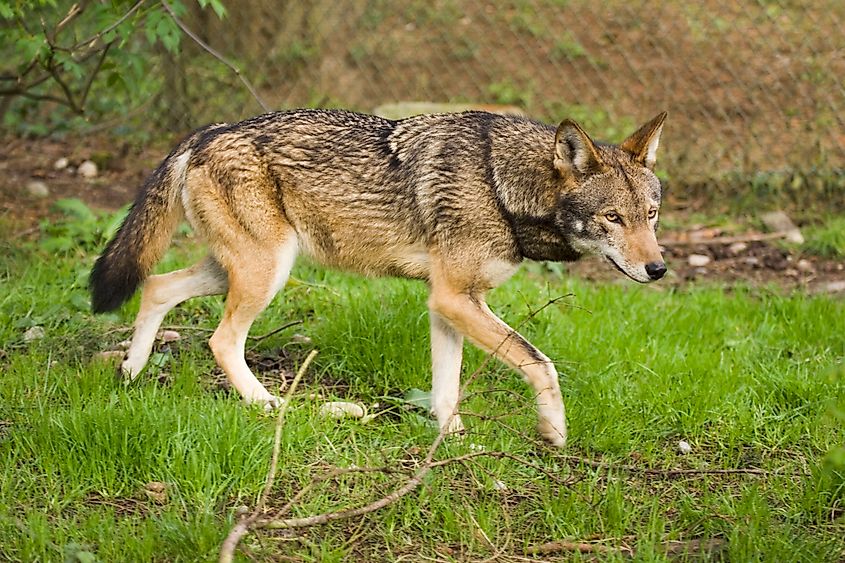
The red wolf is one of the rarest wild canids in the world and the most endangered wolf species. Once common throughout the Eastern and South Central United States, its population collapsed during the early 20th century due to predator control campaigns and widespread habitat loss. Smaller than the gray wolf yet larger than the coyote, red wolves weigh between 45 and 80 pounds (20-36 kg) and stretch about 4 to 5 feet (120-150 cm) in length. Their reddish-brown coats and long legs give them a distinctive look. Highly social and living in family groups, they prey on everything from rabbits and raccoons to deer.
By the late 1970s, only 14 pure red wolves remained. These animals were brought into captivity at the Point Defiance Zoo and Aquarium in Washington, where the first pups were successfully born in 1977. This marked the start of an ambitious recovery plan. In 1987, red wolves were released into the Alligator River National Wildlife Refuge in North Carolina, and by 2006, the wild population had risen to around 120 individuals. Captive breeding remains vital, with about 241 red wolves currently maintained in more than 40 facilities across the country. Arkansas State University, which adopted the red wolf as its mascot in 2008, has helped raise awareness and pledged millions toward the creation of the American Red Wolf Conservation and Research Center in Jonesboro.
Black Bear (Ursus americanus)
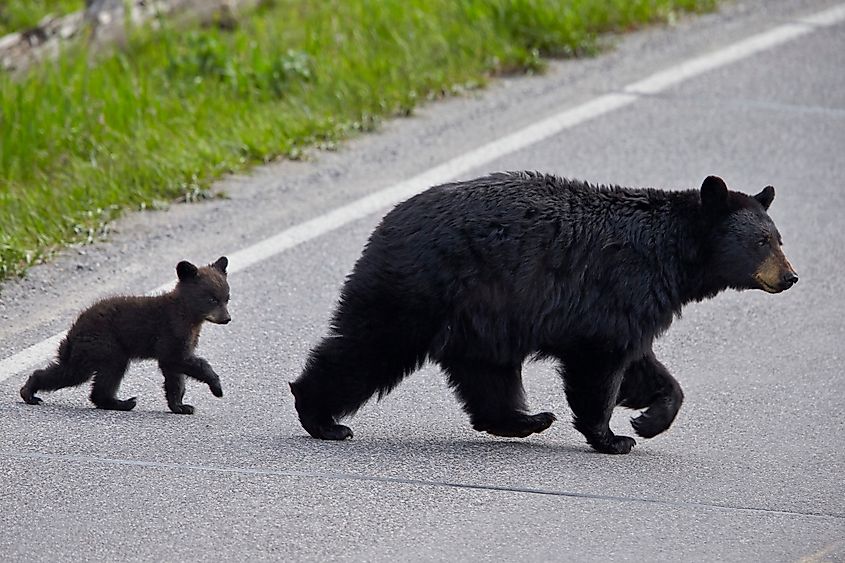
Once nearly wiped out in Arkansas due to overhunting and habitat loss, the black bear has made one of the most remarkable comebacks in American conservation history. By the 1930s, fewer than 50 individuals were thought to remain in the state, mostly in the remote Ozarks and Ouachitas. To reverse this decline, the Arkansas Game and Fish Commission, in cooperation with other states, launched a massive reintroduction effort from 1958 to 1968, releasing more than 250 bears from Minnesota and Manitoba into the Ozark and Ouachita Mountains.
Today, Arkansas is home to over 5,000 black bears, with populations thriving in protected forests. Adults can grow up to 6 feet (183 cm) long and weigh between 200 and 600 pounds (90-270 kg); however, this changes with the season and diet. Although listed as a conservation success, black bears remain closely monitored to ensure their numbers stay stable and human-wildlife conflicts are minimized, keeping this once-endangered symbol of Arkansas’s wilderness alive.
The Endangered Animals Of Arkansas
Arkansas is a repository of natural diversity and home to endless beautiful species. However, the combined problem of natural issues like erosion and artificial habitat loss has led many species to the brink of extinction. From large mammals like the black bear to small arthropods like the Hell Creek Cave crayfish, each of these endangered animals is or has been fighting for survival in Arkansas.
